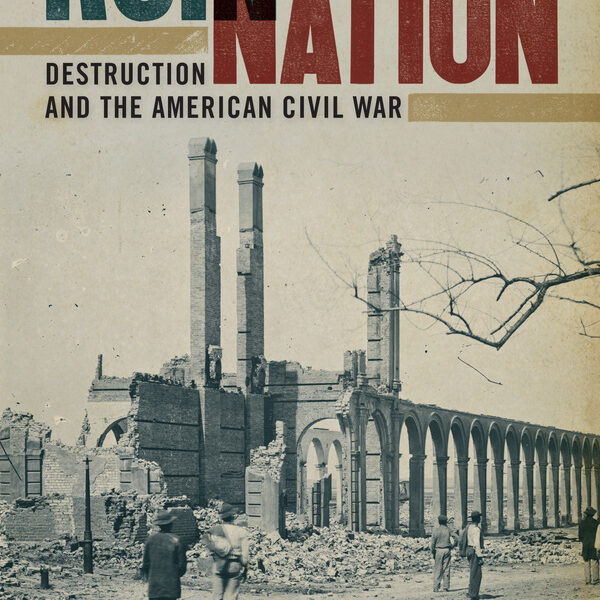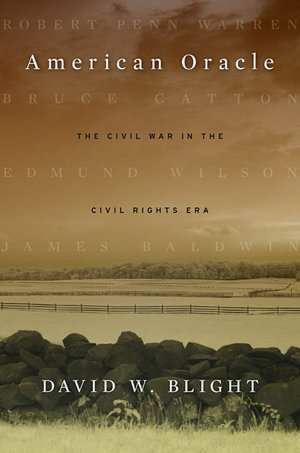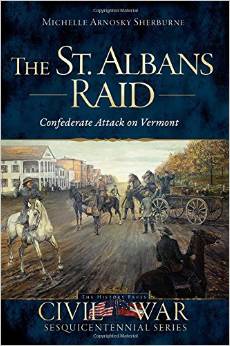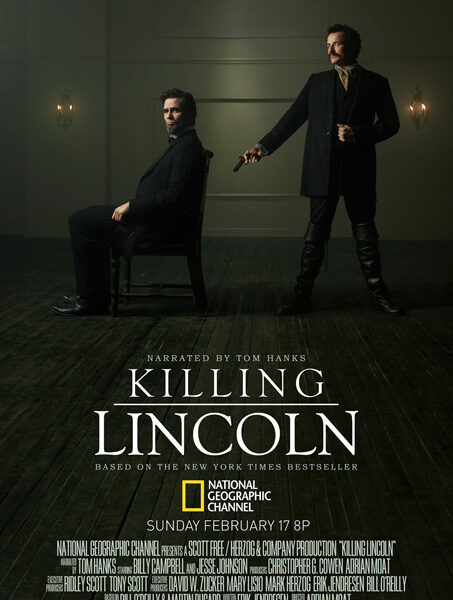In Battle Hymns: The Power and Popularity of Music in the Civil War, Christian McWhirter analyzes the role music played in dividing the nation in 1860-1861, in sustaining civilian and military morale in the bloody cataclysm of war, and in formulating meanings of the war after Appomattox. He masterfully deconstructs lyrics to help us see why the Civil War was “a war with a musical sound track” (1).
As the war began, tunes like “Yankee Doodle,” “Hail Columbia,” and “America” were embraced by the North but rejected by the South. “John Brown’s Body,” Julia Ward Howe’s new text for “Battle Hymn of the Republic,” “Battle Cry of Freedom,” and “We Are Coming Father Abraham” grew increasingly important to bolster northern morale. Confederates also saw the significance of music for home-front and battlefield morale and embraced “Dixie,” altering it over 24 different times from its 1860 inception, “Bonnie Blue Flag,” and “Maryland, My Maryland.” Songs in both North and South addressed new roles for women, new respect for immigrants, the economy, conscription, the ineptness of military and civilian leaders, and the brutality of war. Music helped both northerners and southerners attempt to make sense of the madness unleashed by war.
As the war continued, “songs became weapons in a persistent and occasionally intense cultural war” (104). Each side ridiculed its opponents musically both publically and privately. For soldiers, music made them march faster, endure hardship longer, fight better, and remember their homes and their humanity. Songs often appeared after major battles that helped describe the combat to interested civilians. “The First Gun Is Fired” explained the significance of Fort Sumter. Other songs taught Americans the strategic importance of Cairo, Illinois, or the superiority of the Enfield rifle. Military heroes were championed in tunes such as “Stonewall Jackson’s Way” or “Beauregard’s Charleston.” “Marching Along” praised General George McClellan and his army while Henry Clay Work’s “Marching Through Georgia” encouraged northerners to persevere as the war’s end seemed near. Both Yankees and Rebels found regimental bands mandatory to sustain the rage militaire and often paid for them out of their own funds.
Music helped North and South gain new understandings of what freedom would mean for 4,000,000 freed slaves. Henry Clay Work’s “Kingdom Coming” and “Babylon is Fallen” helped northern whites and southern blacks grasp the dialectics of freedom. As the war ended, “Dixie” was reclaimed by the North and the white South tried to make sense of its defeat with songs such as “Southland, Southland, Rise Again to Life,” “Be Merciful to the South,” and “Oh I’m A Good Old Rebel.” Northerners collected southern slave spirituals to keep the memories of the horrors of slavery alive, but southern whites tried to mute such musical reminders and southern blacks often rejected reviving slave spirituals and instead often embraced more secular and more Europeanized music.
Not only textual analysis and biographical sketches of major composers of war songs are included which enrich our understanding of the musical background of the war, but the author also explains much of the logistical background of how the music was spread. From nine to ten thousand songs were published as sheet music during the conflict, with each song bringing profits of from 25 to 50 cents per song. Schools, churches, and home-front parlors each used different kinds of songs to boost war-time morale. The importance of the dissemination of music can be seen as when New Orleans publisher A. E. Blackmar was fined $500 and imprisoned and his store and inventory were destroyed by Yankee invaders. Clearly music critically affected the war effort from 1861-1865.
In the decades after the Civil War, music continued to shape understandings of the conflict. Songs at veteran’s ceremonies beginning in the 1880s defanged the remembered nightmares of war. “Dixie” became in the 1940s and continuing until the 1980s a mantra for white supremacy. “The music of the Civil War,” McWhirter notes, “brought America together and tore them apart” (213). McWhirter engagingly analyzes how Elvis Presley synthesized in the 1970s in “American Trilogy” a northern and a southern Civil War song with an African-American slave spiritual (“Dixie,” “Battle Hymn of the Republic,” and “All My Trials”) to bring about reconciliation and healing after the racial storms of the 1960s.
Battle Hymns is engagingly written and creatively researched. Over 50 contemporary periodicals and over 70 newspapers were mined to give the reader a rich sense of the importance of music to daily life in this era. Some might wish the author had delved deeper into the psychological and spiritual appeals of various texts and tunes; but the author excels at showing us how music altered people’s consciousness in this bloodiest of wars. Students of the Civil War will learn much from reading this excellent book.
Randy Finley is a Professor of History at Georgia Perimeter College.





